12 Days of Inventory Optimization
Arkieva
DECEMBER 25, 2018
One of my favorite Holiday songs growing up was “The 12 Days of Christmas.” There was something about Christmas having 12 days that put me in the holiday spirit. 12 Days of Inventory Optimization was first posted on December 25, 2018 at 7:56 am. ©2017 " Supply Chain Link Blog - Arkieva " Use of this feed is for personal non-commercial use only.




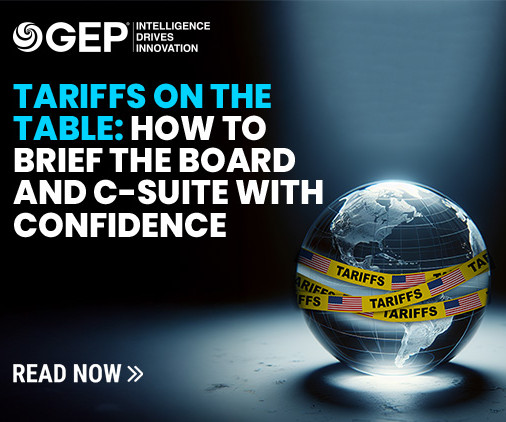
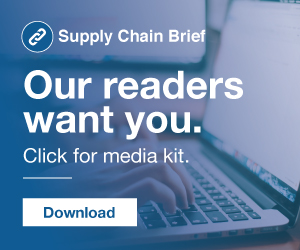




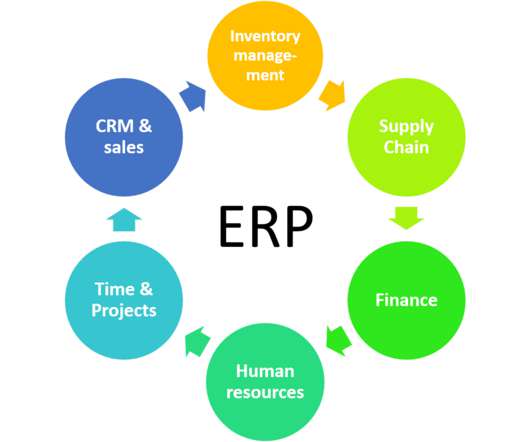






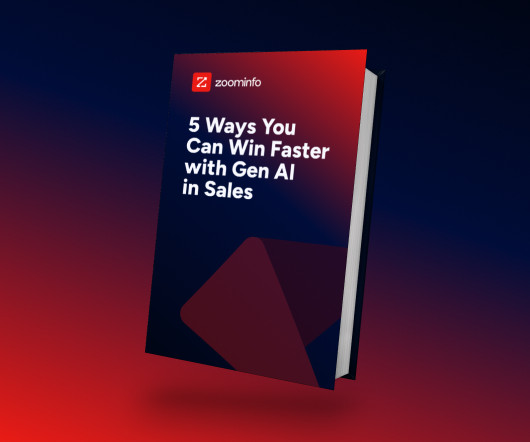




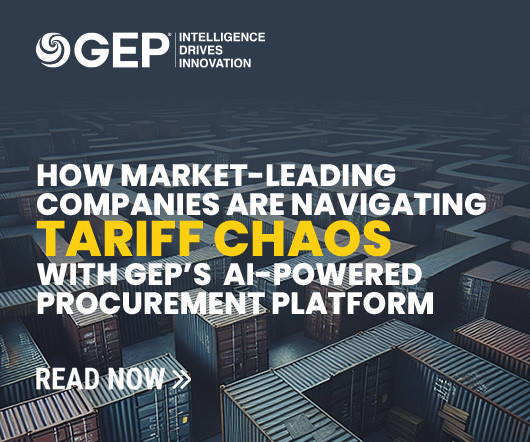















Let's personalize your content